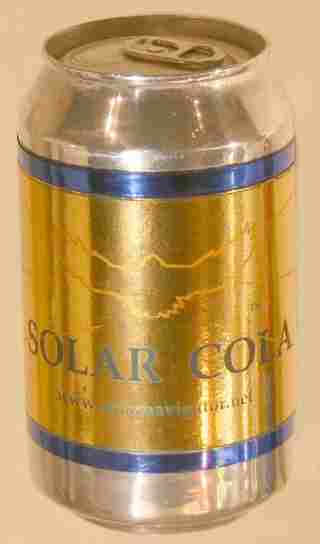|
This
is a job that's eminently do-able by the layperson - but easily
avoidable if you buy the battery from a dealer.
STAGES
:
-
Purchase
the new battery recommended and rated for your car (the parts dealer
and your mechanic will have that information). Be aware that the old
battery is usually exchanged for the new one for recycling purposes,
so you can either take it with you or drop it off later.
-
Open
the hood of your car and locate the battery. (Image
1)
-
Disconnect
the cable terminals from the old battery's terminals (negative/black
first and then positive/red). (Image 2)
-
Remove
the frame or bracket holding the battery in place, and lift the
battery out.
-
Clean
the cable terminals with a wire brush and baking soda and water if
they're corroded or dirty.
-
Use
a wire brush or a battery terminal cleaner (a very inexpensive tool)
to scrape the inside of each cable terminal to expose new, clean
metal to the new battery terminal. If the cable terminals are
damaged, they need to be replaced. (Image 3)
-
Lower
the new battery into position, with the positive and negative poles
in the same relative positions as before, and secure the frame.
-
Connect
the cables to the new battery securely - positive to positive and
then negative to negative. The cable ends should not be able to move
at all; any looseness can prevent your car from starting. (Image
4)
-
Test
the battery by starting the engine.
|
|
|
4.

|
|
|
|
Tips:
|
|
|
Battery
prices vary widely, so shop around. Buy a battery that has at
least a 60-month warranty. Avoid cheap batteries - brands like
Interstate and A/C Delco tend to last longer.
|
|
|
|
|
Make
sure the battery is fully charged before you buy it.
|
|
|
|
|
Wear
latex gloves to avoid dirt, grease and corrosion.
|
|
|
|
|
Some
dealers will install a battery at no cost if you buy it from
them.
|
|
|
|

|
Warnings:
|
|
|
Don't
drop the battery - it can explode.
|
|
|
|
|
Always
recycle batteries. Don't leave your battery in the street or put
it in the garbage. Most parts stores will give you money when
you return your old battery.
|
|
|
|
|
Size,
freshness & warranty
I recommend buying the largest and freshest battery that meets
the minimum CCA requirements and that will physically fit to
obtain more Reserve Capacity. The free replacement period is
usually a better indicator of quality than total warranty.
|
|
|
|
|
Safety
Gloves are a good idea. Always wash your hands after handling
the batteries. While handling batteries, be aware of what you
touch until you clean up. Battery acid eats paint, concrete,
rubber, clothing, some plastics, skin, etc.
|
SOLAR
RICKSHAW STORAGE BRIEF
A
project to design and build a solar powered rickshaw is under way in
Sussex, England, part sponsored by Bluebird Batteries Ltd and Bluebird
Electric Racing Ltd. The brief is to replace the existing
auto-rickshaws powered by inefficient 2 stroke engines, with electric
rickshaws powered in the main directly by solar panels. In
order to provide the necessary range for a whole days work, the solar
rickshaw will need to store energy produced by its solar panels in a
battery or other storage device. Although regenerating fuels cells
might be a viable option in the future, at present this technology is
not far enough advanced, and far too expensive in any event.
However, Nickel Metal Hydride batteries offer one possible solution and
Lithium Polymer cells another. These cells will reduce the mass of
storage medium to acceptable levels and provide long term savings if
running costs. we will report on this exciting development as news
comes in.......................

The
Website is sponsored by Solar Cola
|



